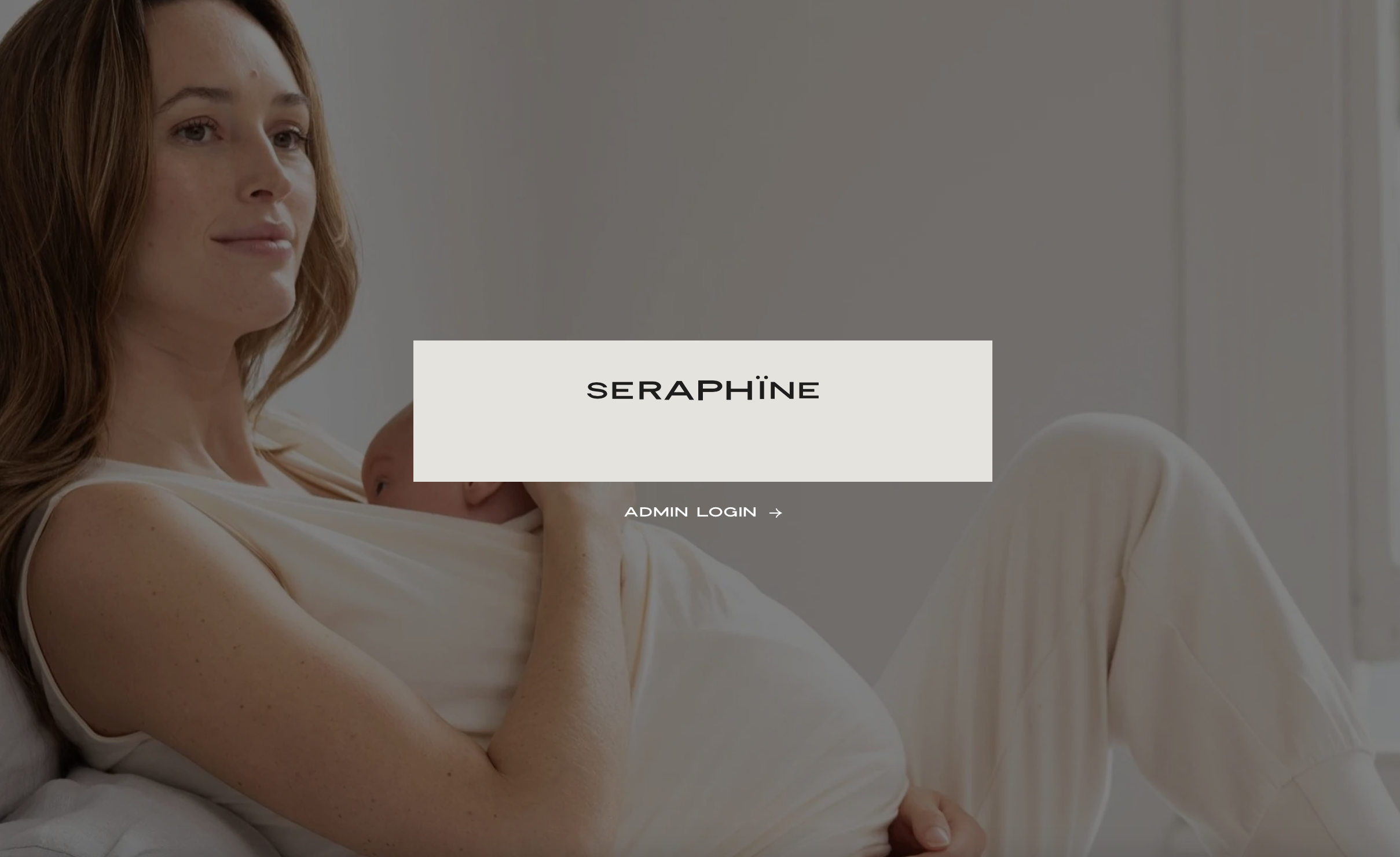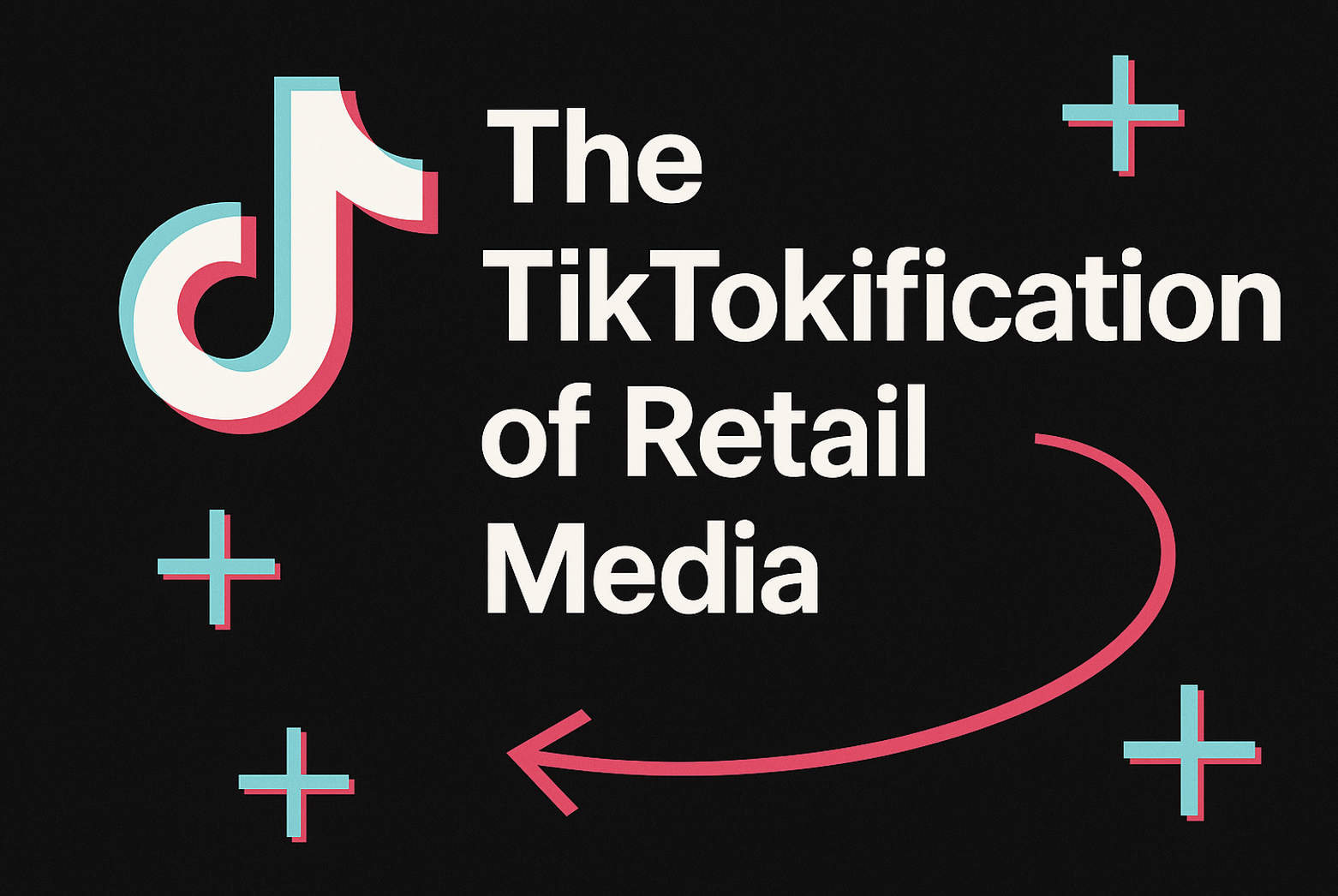Bringing web-based convenience into the high street would forever tear down the barriers between the online and in-store retail experiences. The Flashy app aims to do this by adding the magic ingredient of emotional intelligence, reports Cam Winstanley
Being tracked online is rather eerie but we’ve all got used to it. Sort of. But can you still remember the first time you browsed a new set of luggage, then noticed how every subsequent website you clicked on was populated by suitcase ads? It would feel intrusive if it wasn’t so helpful and, besides, you ended up buying that Samsonite eventually, didn’t you?
It’s this kind of personalised and persistent yet useful recommendation that has inspired the creation of the Flashy app. Developed jointly by i2 media research limited and HW Communications limited under the umbrella Flashy Limited, it’s the result of a year of research funding from Innovate UK.
“By comparison to online, the bricks-and-mortar experience is a lot more engaging and multi-sensory but can be much less convenient”
Jonny Freeman, i2 media research ltd
“Flashy bridges shopper experiences of online and bricks and mortar retail,” explains Jonathan Freeman, i2’s managing director. “Online shopping is really convenient as it aids the shopper with personalised recommendations based on search and browse history, offers and so on. By comparison, the bricks-and-mortar experience is a lot more engaging and multi-sensory but can be much less convenient. Items aren’t always in stock and, after spending an afternoon browsing several shops, you might not even remember where you saw the thing you liked.”
With the Flashy app installed on their phone and Bluetooth activated, shoppers’ physical journey through participating stores will be tracked and their interactions with Internet of Things-tagged products noted. All items picked up appear on the app and, until these are deleted, the store can send personalised enticements. These could be a flash sale encouraging an immediate purchase, an offer to multibuy, or a discount offer sent later that day in an attempt to re-engage the customer.
While these capabilities read like a to-do list of any IoT-enabled shopping app, Flashy has another trick up its sleeve thanks to Jonny’s academic work. As both MD of i2 media and professor of psychology at Goldsmiths, University of London, he juggles research and R&D projects with working for clients. This overlap led him to looking at the retail applications of EQ – emotional intelligence.
“Emotional Intelligence is a concept more usually used to describe people,” he explains. “Those people high in EQ are good at understanding the needs of the person they are interacting with. Research evidence also suggests that high EQ is associated with effective management, business development, sales and teamwork.”
Flashy attempts to emulate high EQ by inferring each shopper’s intentions and interests from behaviour rather than simply applying a ‘10% off’ voucher to every item looked at. In effect, the retailer’s response is a more nuanced set of targeted offers, deals and communications that match the shopper’s individual expectations. The shopper might only see well-targeted offers and the retailer might only see an upturn in sales but behind the app is a mass of research that covers consumer psychology, media psychology, user experience, usability and behavioural insight.
“Unlike many research and consultancy companies, all of i2’s projects undergo ethical evaluation and all research involving humans needs to be ethically approved in advance,” notes Jonny. “The result is that our research is uniquely independent and unbiased. i2 media’s clients really appreciate this as they know that they can trust our results, even if occasionally they are not the ones they were expecting.”
Although some rival apps or services offer shoppers discount vouchers and others provide analytics to store owners through IoT technology, Flashy does seem to have found itself a previously unexplored niche. What remains to be seen is how many retailers will invest in the required tags, installation and training, and how many shoppers will opt in by downloading the app and leaving their potentially power-draining Bluetooth connection switched on.
On a final note, we return to those persistent suitcase ads online. How does Freeman think that people will react to being fed real-time offers to garments they’ve only just tried on? Won’t that be startling at best, or even a bit creepy?
“If Flashy offers you a flash sale for pink pants, it’ll be because you’ve picked up pink pants in store – no other reason!” he says. “There’s been a lot of discussion of whether IoT functionality is cool or creepy and we explored it in depth for Flashy. We found that the benefits outweighed any concerns about behaviour being tracked. And the reality is that people are tracked via their phone signals most of the time these days, for no explicit benefit, so in comparison, the value exchange using Flashy is transparent. Also, if the value exchange doesn’t feel worth it, consumers won’t use it – it’s that simple.
“Connected retail is just part of the ongoing Internet of Things evolution but it’s a part that can make shoppers lives more convenient, fun and satisfying, while also providing a great ROI for retailers.”






